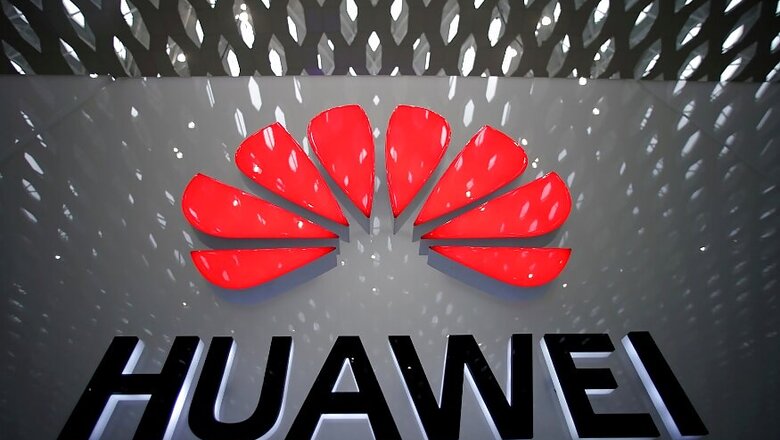
views
Huawei had earlier this month unveiled its latest chipset, the Kirin 990. The chip, designed by the Chinese manufacturer HiSilicon unit, has been manufactured by Taiwan Semiconductor Manufacturing Company (TSMC) using its 7nm process (more on that later). The Kirin 990 also has a built-in 5G modem and powers the Mate 30 line. Furthermore, it will be used in the foldable Mate X which is due out next month. Notably, while the Kirin 990 is certainly a state-of-the-art SoC, Huawei is already looking ahead toward next year's Mate 40 line. In a new report, Huawei Central cites sources who have passed along details about the company's next chipset, the Kirin 1000.
According to sources, the Kirin 1000 will be manufactured by TSMC using its 5nm process. Furthermore, the process numbers are related to the number of transistors that can be found inside an integrated circuit. Thus, lower process figures indicate a higher number of transistors in the chip, the report states. The more transistors inside, the more powerful and energy-efficient these components are. Both TSMC and Samsung have roadmaps taking production to the 3nm process starting as soon as 2022. According to the report, the Kirin 1000 is produced using the 5nm process and could have as many as 171.3 million transistors per square millimetre.
While UK-based ARM holdings has supposedly cut all ties with Huawei, the two are still working together because of a licensing agreement signed before the ban went into effect. Thus, the Kirin 1000 will probably employ ARM's Cortex- A77, the most powerful CPU at the moment. The Kirin 990 SoC decided to add extra battery life and used the A-76. The Mate 30 series, which was unveiled less than two weeks ago, has been seriously handicapped outside of China because of the company's inclusion on the US Commerce Department's Entity List. This prevents it from buying components and software from the states.
Thus, the phone runs the AOSP open-source version of Android without the Google Play Store and other core Google apps. However, that shouldn't deter sales in China and Yu said this over the weekend that pre-orders for the Mate 30 line are six times the number Huawei received for the P30 series. While Huawei hoped to deliver 300 million handsets this year, international sales of the Mate 30 series could suffer from the lack of Google apps on the phones.




















Comments
0 comment